Southern Arizona has glorious fall colors. All it takes to find them is a one hour drive up the mountains. In the last week I have made the trip four times, each one a delightful experience. What a treat to be surrounded by these glorious colors, almost all of them from a single tree species, Bigtooth Maple (Acer grandidentatum)! The fall leaves range from pale yellow to deep red. You may see all these colors on one tree. Then again you may see a yellow tree being right next to one whose leaves are bright red. 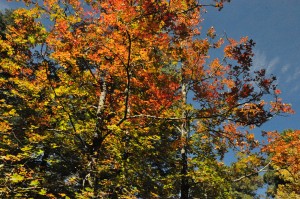
Recently I came across this delightful plant lying flat on the ground, Woolly tidestromia (Tidestromia lanuuginosa). The picture shows one that is about a foot in diameter. I love the growth pattern with its red stems branching out into clusters of seemingly white leaves. In each cluster the leaves range in size: large, medium and small. If you turn a leaf over, you see that it is green underneath, but the top is so covered in hairs that the leaves look bluish white. It was named for an American botanist, Ivar Tidestrom. and the species name, lanuginosa – means woolly, referring to the surface of the leaves. It is in the Amaranth family.

Looking down on the plant from above
A portion of one of the tips with the various leaf sizes, and the tiny flowers nestled in the middle
A close-up of an individual flower
A close-up of portions of some leaves covered in white hair
A few days ago my wife and I were walking in the neighborhood and came across a defunct Swallowtail butterfly. I was glad to carry this light-as-a-feather creature home and scan it top and bottom. Using my macro lens, I took a closer look at some of the scales on its wings.

As soon as I picked up the butterfly I broke off one of its tails, and when I put it on the scanner the head fell off
The underside of the same butterfly
A close-up of the wing markings
Many plant embryos have rudimentary structures known as Cotyledons. Monocots, like grasses, lilies and orchids, emerge from the ground with only one (hence the name MONOcot short for Monocotyledon). Most flowering plants, shrubs and trees emerge with two and are called DICOTS (two cotyledons). These structures carry nutrients, and function as primitive leaves. Once the plant gets started, it forms true leaves. Recently I pulled up this baby tree, Velvet Mesquite (Prosopis velutinas), and at once noticed two things. A) The cotyledons were still intact and above them the true leaves were already starting to form. B) The root was huge for such a tiny plant, at least half its length. If I had allowed it to grow its roots would have gone deeper than the plant was tall. Indeed, some Mesquites send their roots down 50 feet. The record is something like 175 feet. It was fascinating to see this little seedling already showing its potential. Too bad it was in a place where it was too near other structures to grow to its full glory.
The seedling with a penny for scale

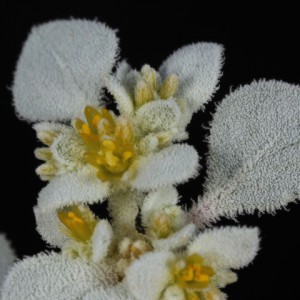
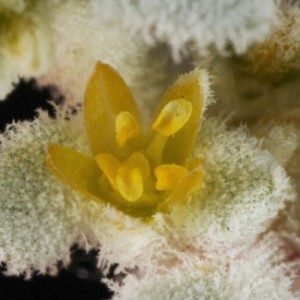
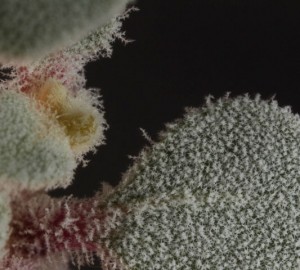

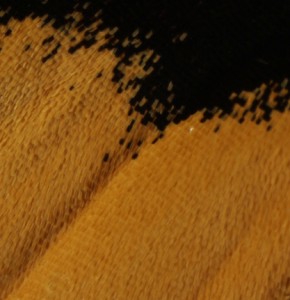
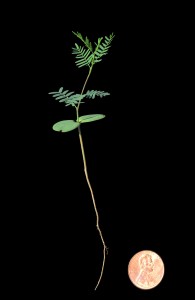
The things your eyes have seen! The wonders iou have wondered! How amazing that you can share with others through the camera, email and paintings and words… thanks 🙂
E
Your posts are colorful and thought provoking. So many questions come to mind. Why does one plant use little hairs to protect itself and conserve it’s precious moisture while another is dark green with a waxy coating? Are those little yellow flowers self pollinating? Do they use the wind, or do they depend upon some small insect? The variety in nature astounds. Everywhere the eye turns one discovers new wonders. Thank you, Frank, for helping us to see the often unnoticed beauty all around us.